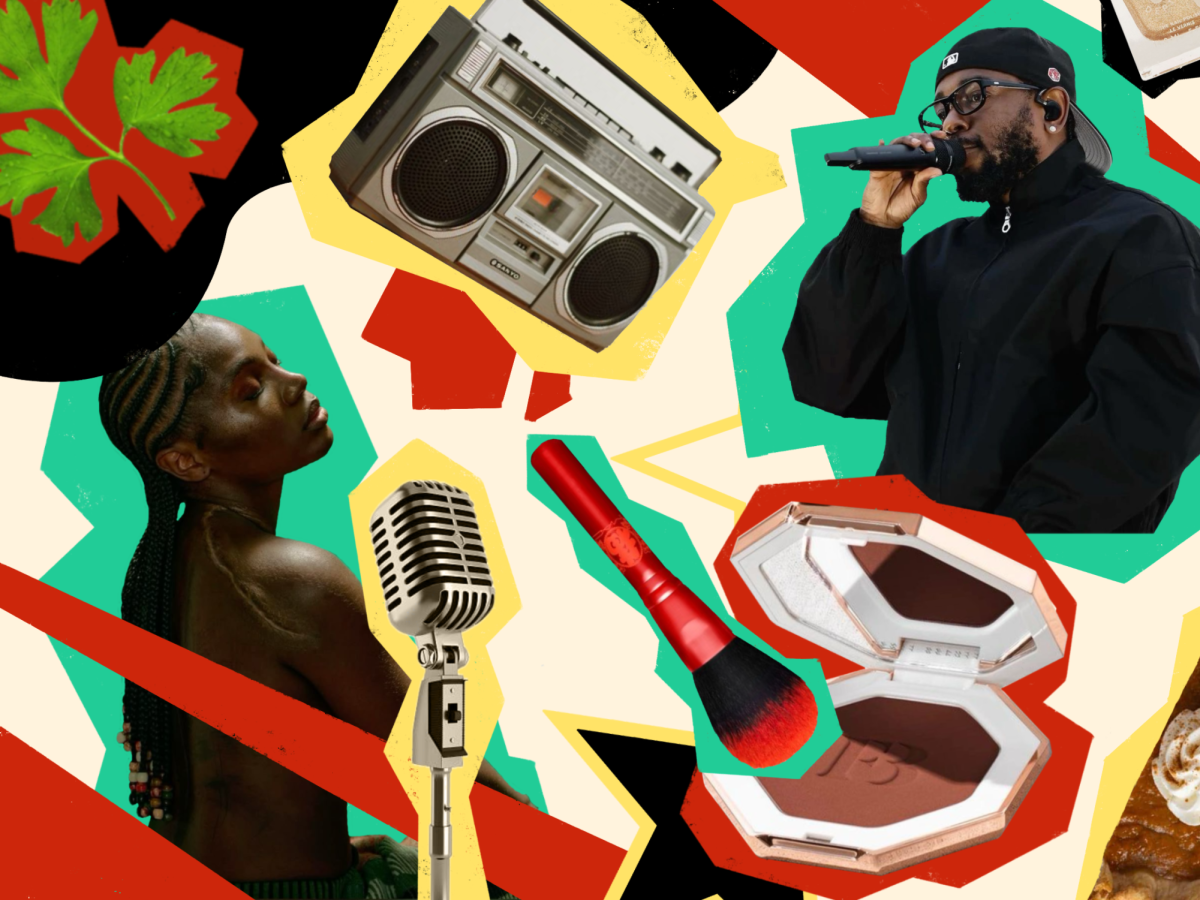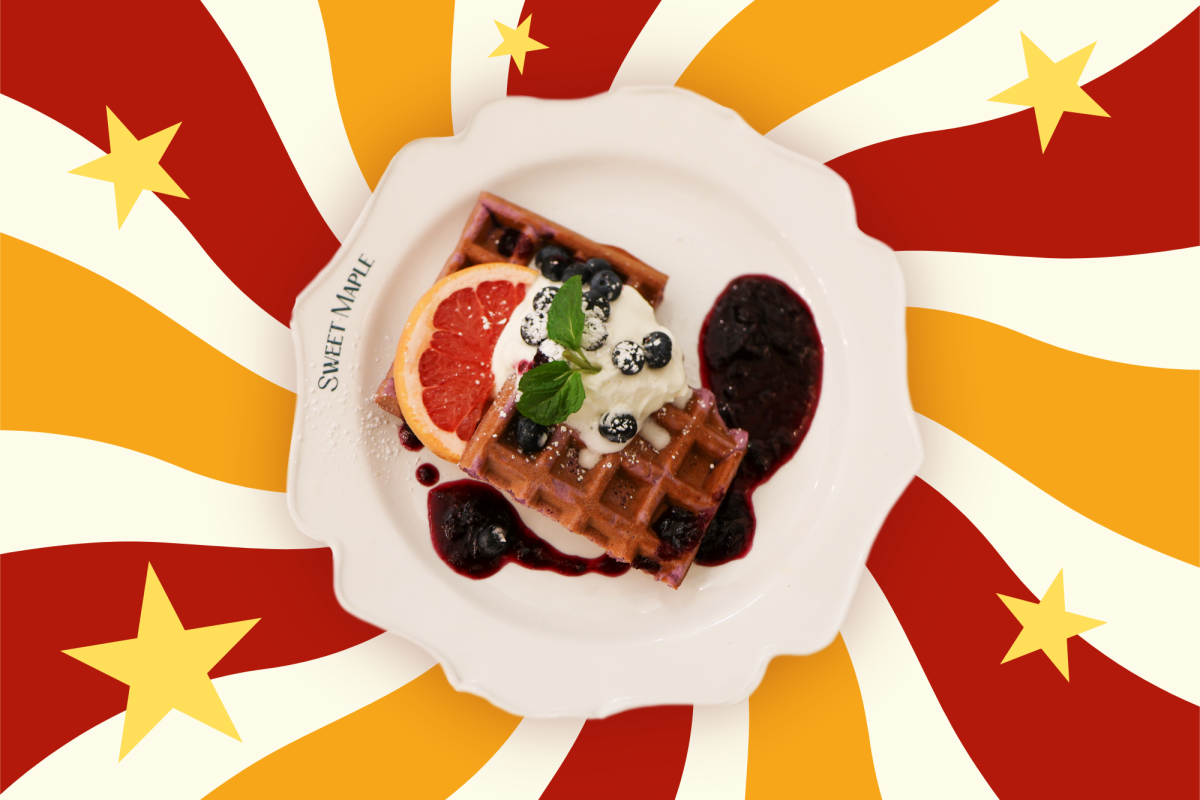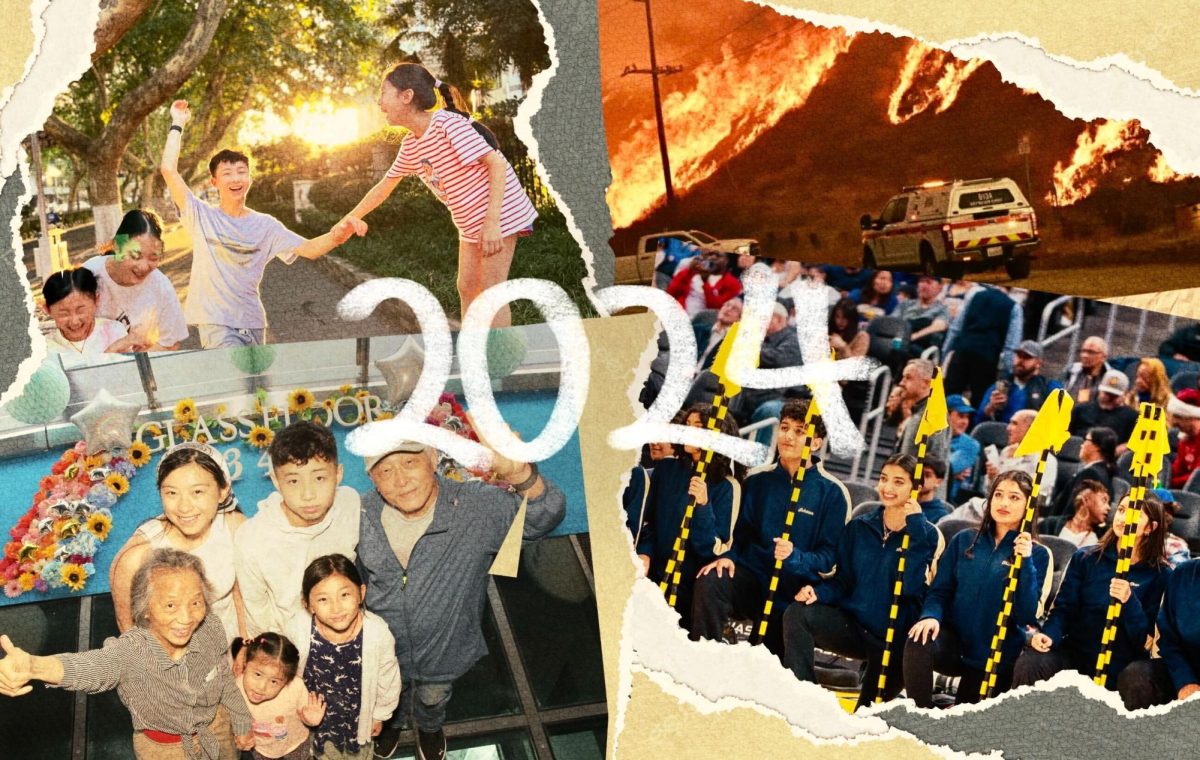Creative highs and compromises
How Instagram creators use the platform to promote their content
“It’s all about being confident in your own values. Maybe I don’t have three syllable words, but I do have something else that I can definitely stand behind and be like, ‘This is what I’m good at.’ “
November 16, 2022
Since the start of the COVID-19 pandemic, senior Jeevith Chanveer has consistently posted video and photo content on his Instagram account. Initially starting off with basketball shots in his backyard, Chanveer was inspired by the photography world on YouTube to begin using his camera and posting his own content.
While still trying to grow his brand, Chanveer currently treats his account as a side hobby. He finds a lot of inspiration to post from his own friends, who also often post about their interests online. He stresses that his peers provide the confidence for him to be able to show his content.
“[There are] people I know who post videos and photos about cool things they’re doing at the time, like their hobbies,” Chanveer said. “[It’s] not just something they do as an extracurricular for college apps, but a true hobby that they really care about. Those are the influences I’ve had in my life who have helped me move on to posting my own photography on my own account.”
Initially starting with landscape photography, Chanveer began to post portraits of his peers during his junior year, citing Homecoming 2021 as a key way to gain popularity in the school community as a photographer. Later, he began to photograph various sports and school events, posting his portraits.
View this post on Instagram
However, since the transition and popularization of reel-based content on the platform, Chanveer finds problems with how Instagram deals with photo based content, especially noting how the recent focus on reel-based content has led to negative consequences for photographers on the platform. MVHS ‘22 Alum Matvey Jenssen, an established street photographer, also agrees. Jenssen notes significant drawbacks to promoting his content on the platform, such as the high file compression and uniform aspect ratios in the image. Even though Instagram has these problems, both Chanveer and Jenssen continue to use the app, finding it difficult to promote their content on other platforms.
“[Instagram] is the best platform to promote photo content,” Jenssen said. “I still use TikTok and YouTube, and there [are] also some other ways they can tend to work with it. I feel like Instagram is far above other photography departments on all those platforms [due to its popularity].”
Through hashtags, creators expand their reach and grow their content. This interaction, while initially being a signifier of Chanveer and Jenssen’s growing artistry, quickly transformed their time on Instagram from a creative venture to a rush to maintain expectations. If a post struggled to reach the same like count as a past post, it seemed to be a degradation of their artistic ability. To combat this pitfall, Chanveer and Jenssen stress the importance of diverting one’s attention away from numbers and statistics in defining their artistic worth, instead treating the process as a world of learning and collaboration to grow their brands. Chanveer also says having a good support base is a major way for a new creator to combat this as well.
“No matter what part of the artistic industry you’re in, you always have hecklers and people commenting on your work or bringing you down,” Chanveer said. “But I’m glad to say that I’ve had a good experience with that — I have not only people who support me, but people who are open about [it], which really helps.”
Beyond the world of photography as well, MVHS ‘22 Alum Shivani Verma holds the same feelings about the creative experience on the platform, stating that the literary and artistic missteps she took are simply another snapshot of her growth as a writer.
View this post on Instagram
“Sometimes you turn something in or you put something online that you’re not the most fond of,” Verma said. “But for me, everything I post is something that I want to post and I’m proud of because I have complete control over that.”
Creating her writing account during the latter half of her freshman year of high school, Verma frequently posts reflections pertaining to her state of mind. Inspired by the often vulnerable storytelling of musical artists like Taylor Swift, Verma finds little trouble writing about her relationships and tribulations to her audience of around 200 followers. When posting her work on social media, she often finds the best way to combat self-expectations is by blocking out how she expects others to react to her content.
View this post on Instagram
“There have definitely been times in the last few years that I’ve had this account that I’ve been writing in the process of it and I think, ‘Are people gonna like this kind of thing?’” Verma said. “Like, ‘Oh, what kind of turn of phrase will be the most impressive?’ — that kind of evil little thought. [But] if I care a lot about whether people are going to read it or like it or not, I’m just not going to post it until I don’t care anymore.”
Looking forward, both Verma and Jenssen find importance in having artistic self confidence, stating that beyond growing a brand or caring about what happens, new creators should always strive to create for themselves more than anything.
“It took me a while to appreciate what I have that other people don’t,” Verma said. “It’s all about being confident in your own values. Maybe I don’t have three syllable words, but I do have something else that I can definitely stand behind and be like, ‘This is what I’m good at.’ I want my poetry to be my feelings and my ideas. I’ve always stood behind that, whether I’m writing it for journalism or speeches or poetry. It’s important to make sure to protect your own peace of mind.”




























